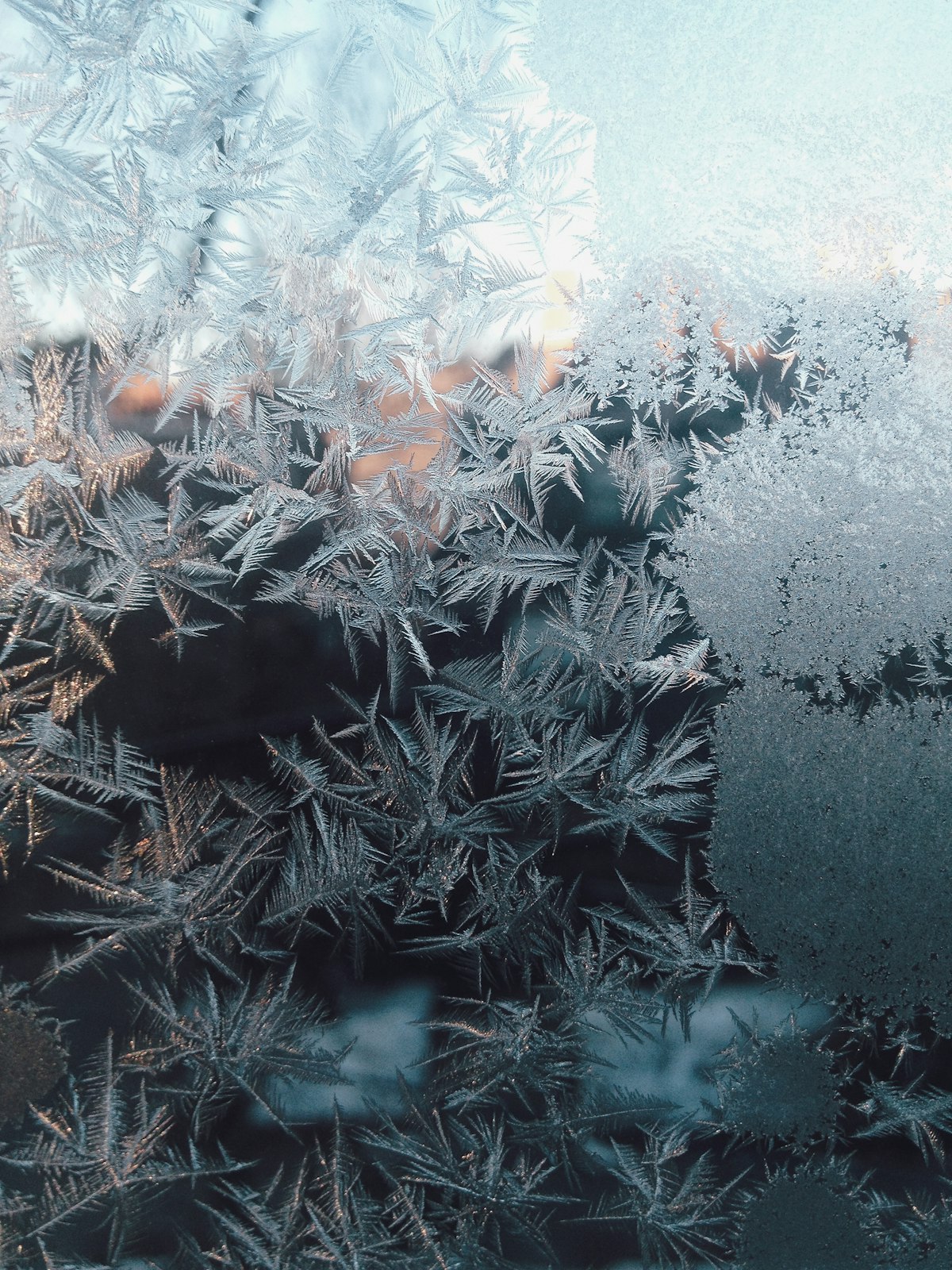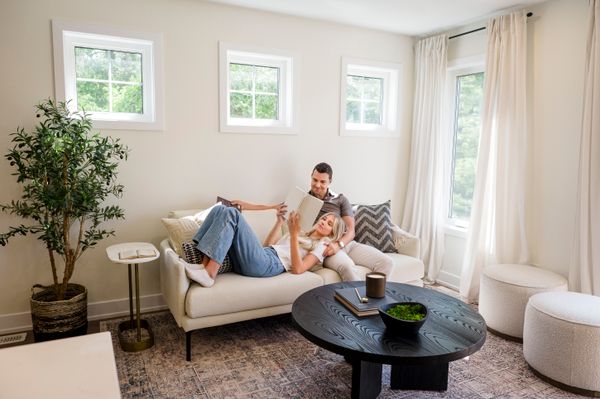As the winter months roll in, you may find that your home is not as warm and cozy as you'd like it to be. Cold drafts, chilly floors, and high heating bills can all be signs that your home is not properly insulated or ventilated. In this blog post, we'll discuss some of the reasons why your home may be cold during winter, and what you can do to improve your comfort and energy efficiency.
Poor Insulation
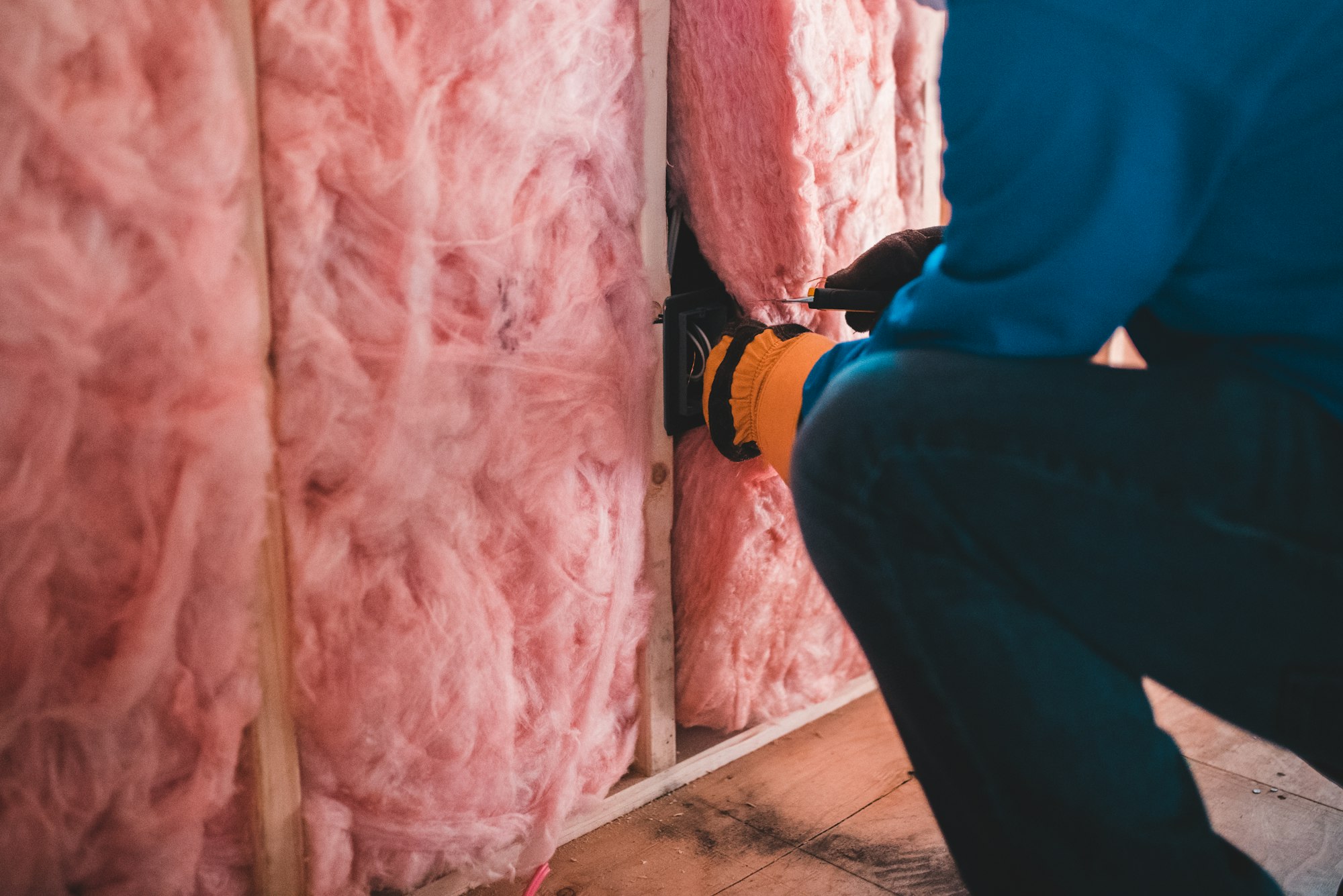
One of the most common reasons why homes are cold in the winter is poor insulation. If your home is not properly insulated, heat can escape through the walls, roof, and windows, leaving you feeling chilly and uncomfortable. You may also notice that your heating system is working harder to keep up, leading to higher energy bills. To improve your insulation, you can add more insulation to your walls and attic, install weatherstripping around your windows and doors, and seal any air leaks or gaps around your home.
Drafts
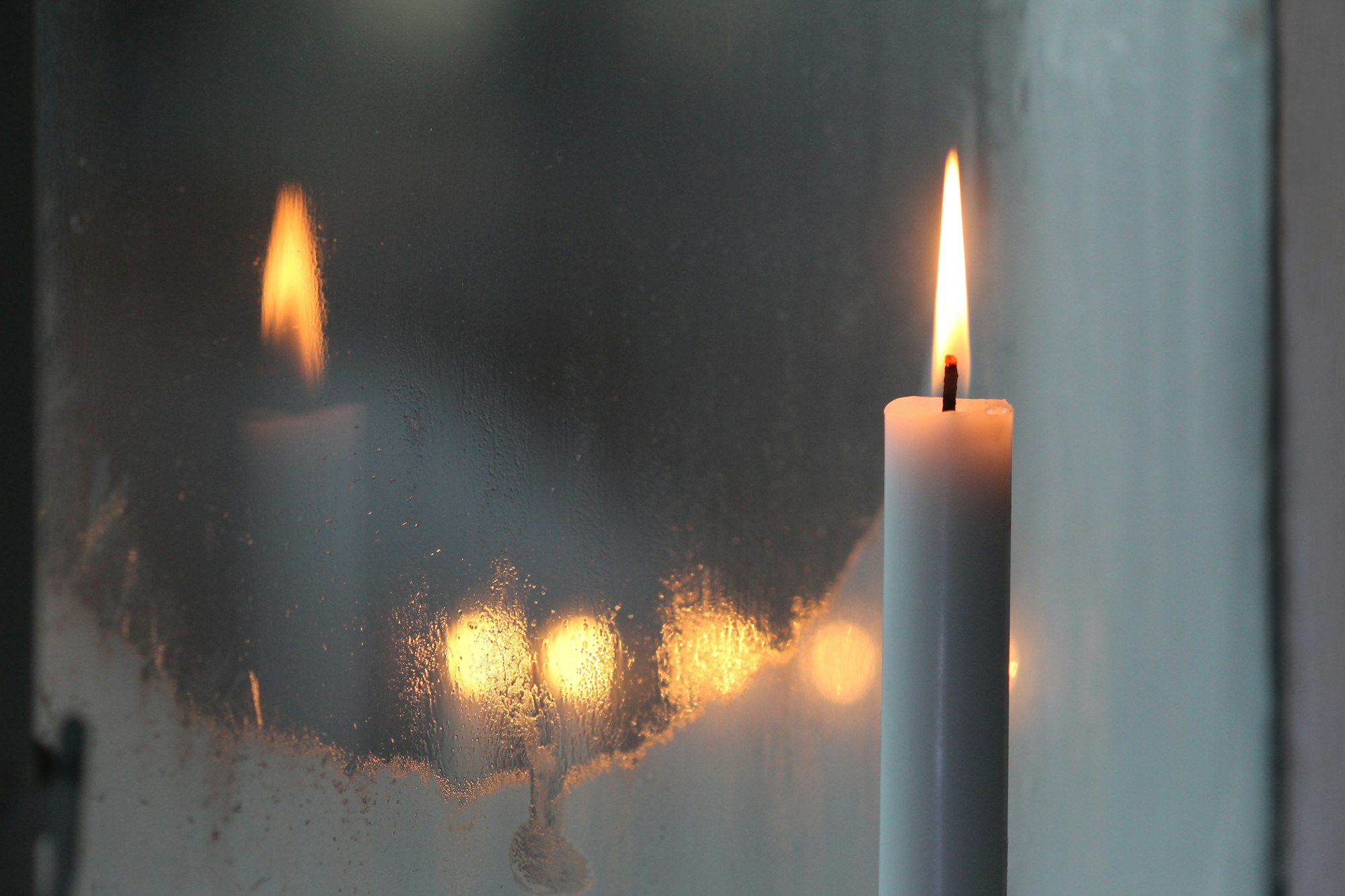
Another common culprit for cold homes during winter is drafts. These are caused by small gaps or cracks around your windows, doors, and walls that allow cold air to enter your home. Drafts can make your home feel colder and can also cause your heating system to work harder to keep up. To fix drafts, you can use weatherstripping or caulking to seal any gaps or cracks around your home.
Poor Ventilation
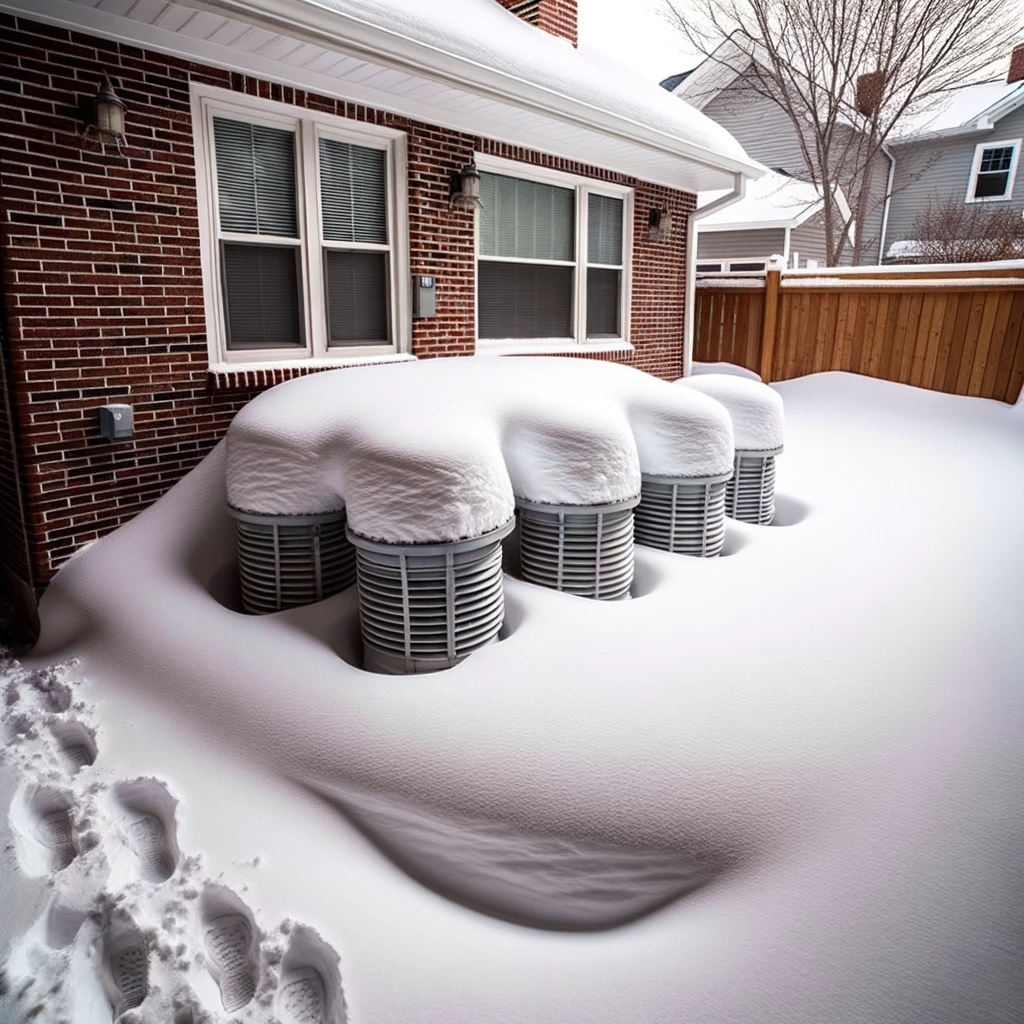
While it may seem counterintuitive, poor ventilation can also make your home feel cold during winter. Without proper ventilation, moisture can build up in your home, leading to condensation on windows and walls. This can make your home feel damp and chilly. To improve ventilation, you can open windows or use exhaust fans to allow fresh air to circulate throughout your home.
Inefficient Heating System
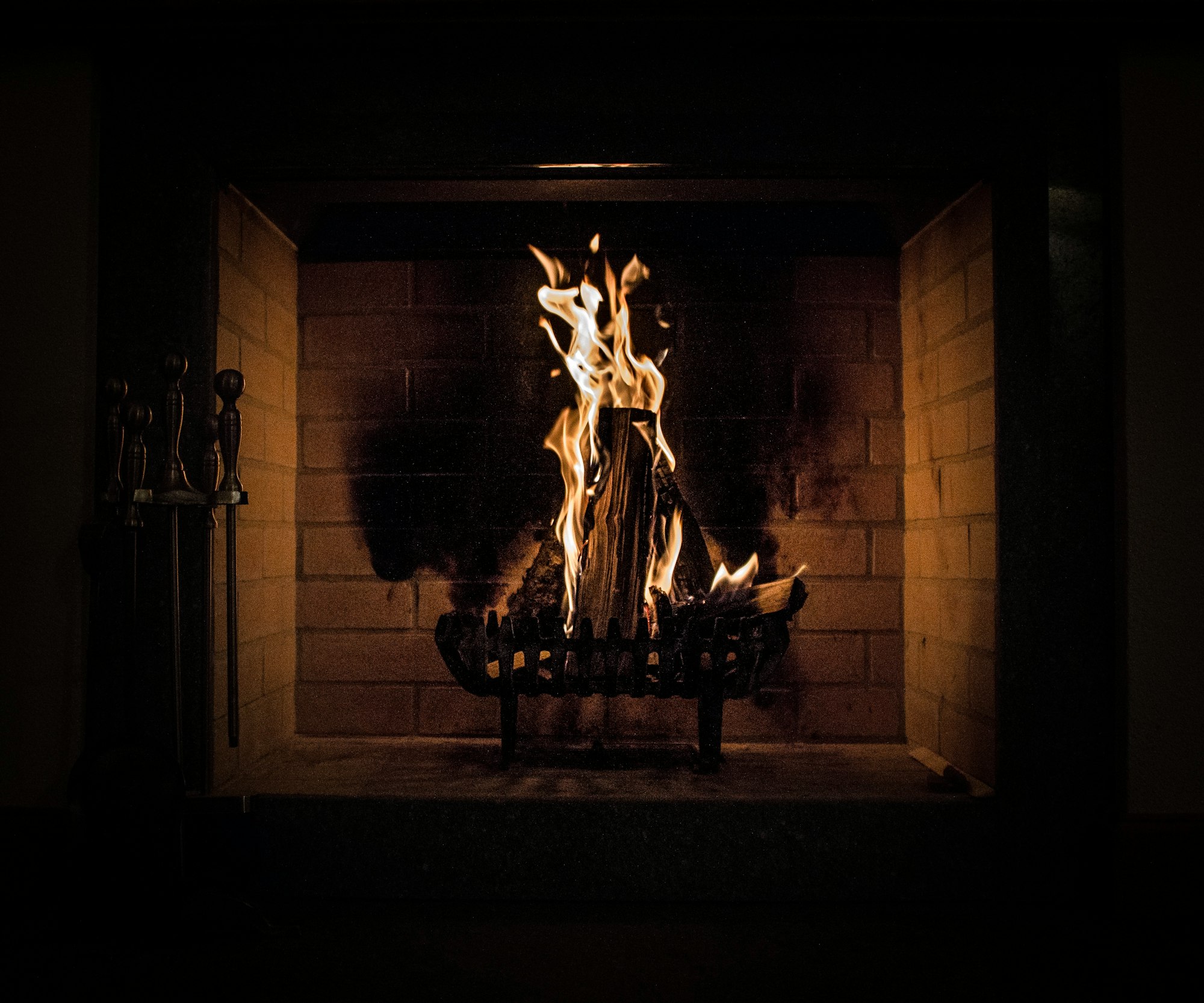
If your heating system is old or inefficient, it may struggle to keep up with the demands of cold weather. This can lead to uneven heating and high energy bills. To improve your heating system's efficiency, you can upgrade to a more efficient model, schedule regular maintenance, and change your air filters regularly.
Cold Floors

Finally, cold floors can also contribute to a chilly home during winter. If your floors are not insulated, they can lose heat and make your home feel colder. To fix this, you can add rugs or carpeting to your floors, or install insulation under your floors.
In conclusion, there are many reasons why your home may feel cold during winter, from poor insulation and drafts to inefficient heating systems and cold floors. By identifying the source of your problem and taking steps to improve your insulation, ventilation, and heating system, you can create a warmer, more comfortable, and more energy-efficient home. Stay cozy!


